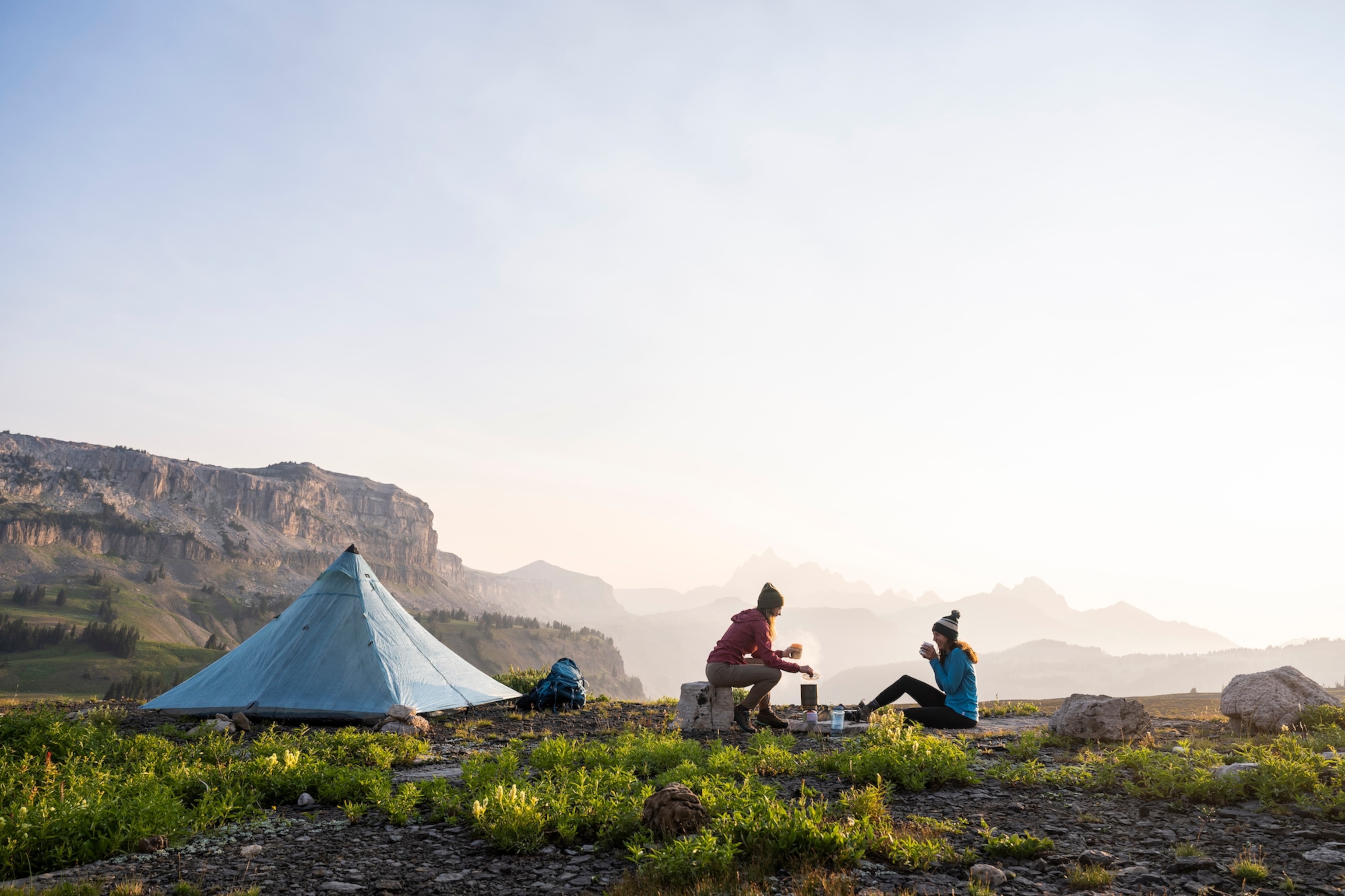
Keep Jackson Hole wild
Tread lightly and travel sustainably to protect the spectacular wild landscapes and wildlife in and around Teton County’s gateway to Yellowstone and Grand Teton National Parks.
Jackson Hole, Wyoming is a special place. As one of the last intact ecosystems in the continental United States, the region provides migration routes and protected areas for large ungulates like elk and moose. But, while Jackson Hole is all about wild things, only humans can protect it. So, whether you’re in Jackson Hole now or are planning a future trip, put nature’s needs first and live by The Wild Rules. Here's how:
Tread on the trail
Going off-trail—whether on foot or by bike—damages Jackson Hole’s fragile ecosystem and destroys vital habitat and grazing grounds for animals. It can take up to 30 years to control erosion, replant trampled areas, restore meadows, and fully reverse other destructive impacts of unofficial “social trails.”
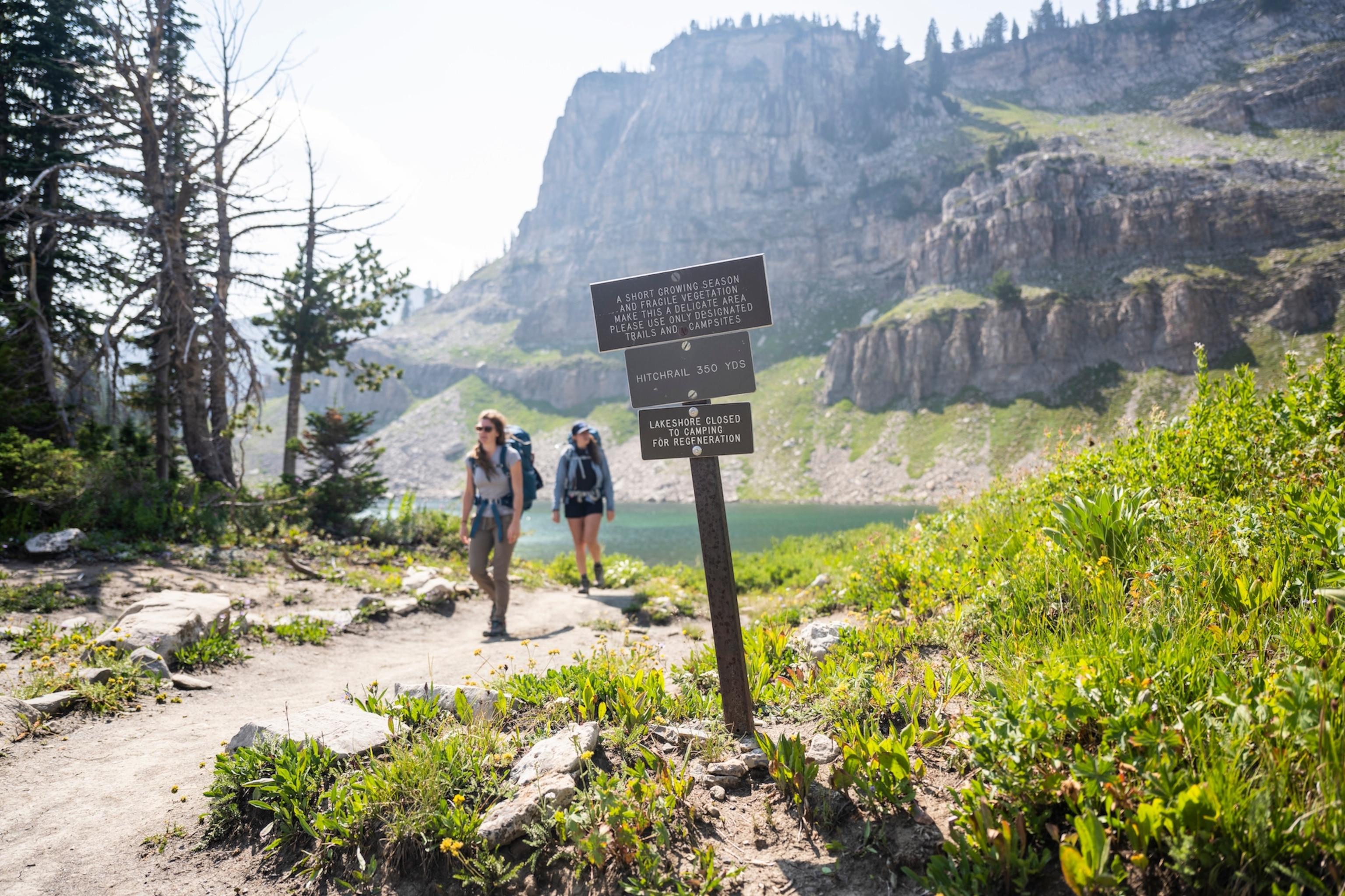
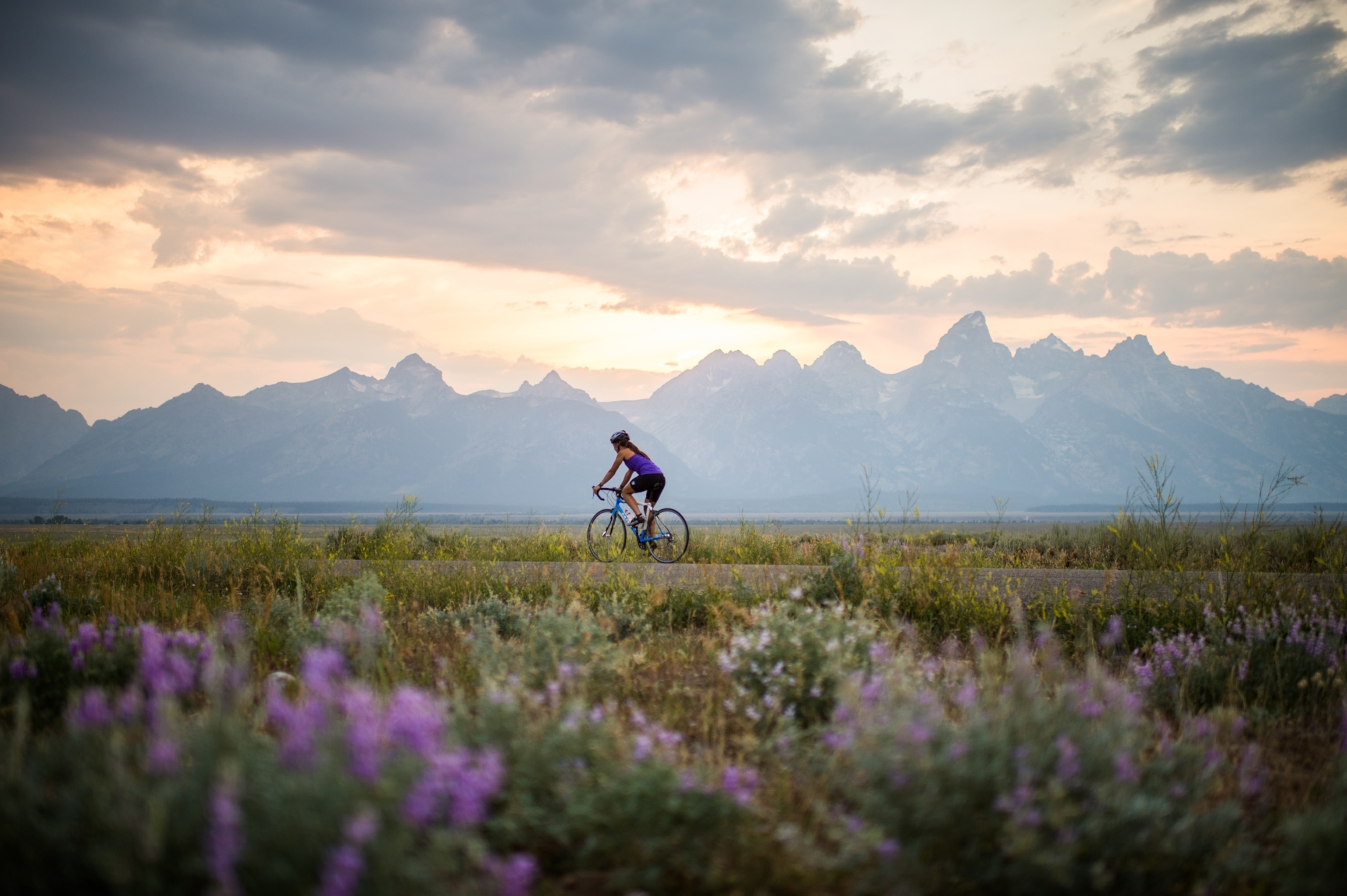
To tell people to stay on the trail (without adding any invasive signage), Jackson Hole created a set of hiking boots with “Tread on the Trail” imprinted on the soles. Locals hiked the most popular trails wearing the boots, leaving a subtle, yet strong, message on the ground. What started as a rule to follow, turned into a step-by-step movement protecting 24,000 acres of land. As you explore, look for the “Tread on the Trail” footprints and, remember, there’s no reason to take a nature-damaging detour, especially with 56 miles of paved pathways linking the town of Jackson to Teton Village and Grand Teton National Park, and over 115 miles of mountain bike trails.
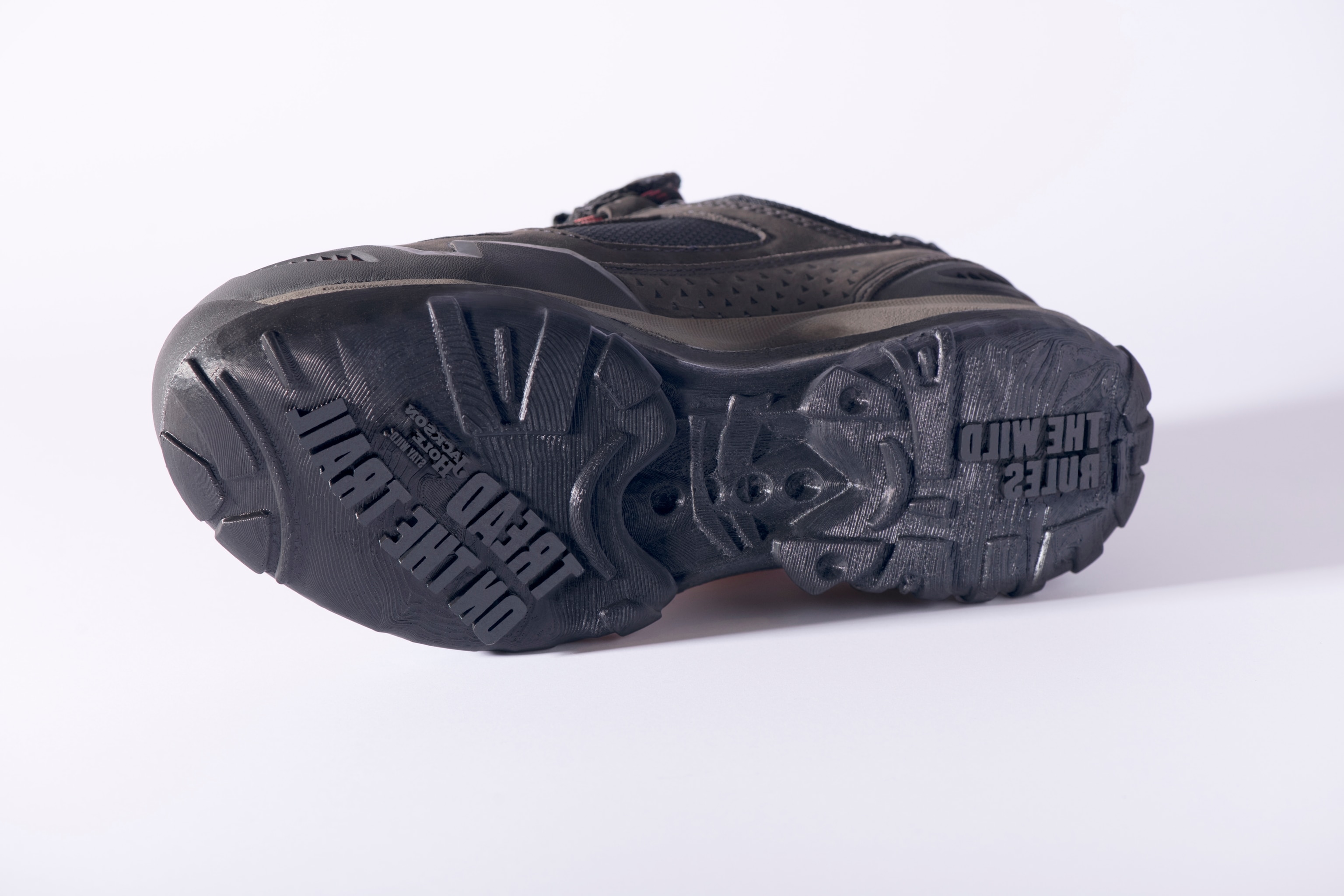
Give wildlife space
Jackson Hole is where the wild things are, because this is their home. Be a good guest by treating animals and their habitats with respect. Begin by not feeding or approaching any wildlife. Stay at least 25 yards away from most wild things, and at least 100 yards (the length of a football field) away from big predators, such grizzly and black bears. Bear sightings are common in Jackson Hole, so review bear safety guidelines before hiking or camping.
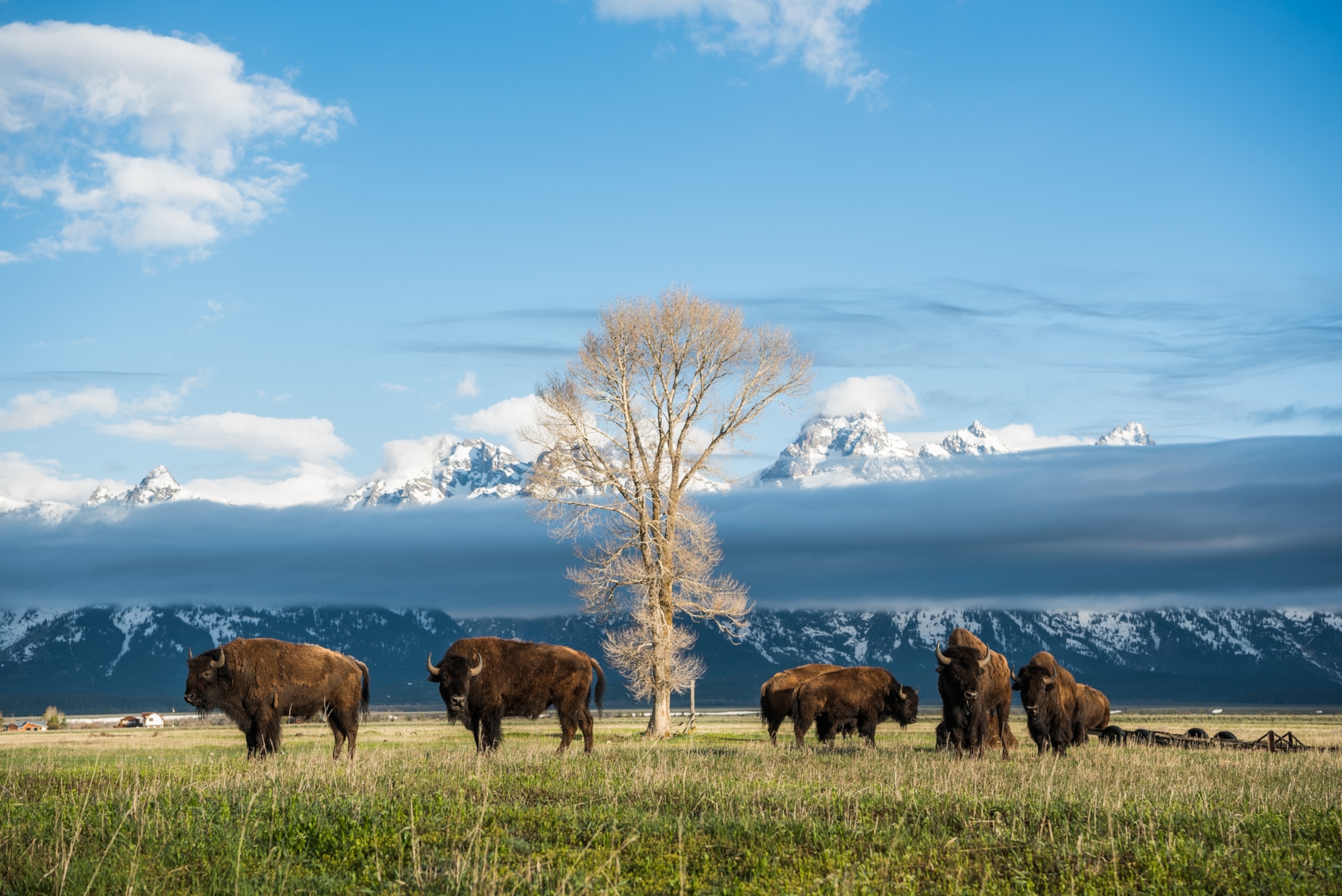
If you’re traveling with a dog, keep him leashed to prevent interactions that could agitate, injure, or kill wildlife. Dogs and pets are not allowed in the backcountry in the national parks, only on sidewalks and paved surfaces, and always on leash. When driving, slow down and give wildlife a “brake.” Following posted speed limits and watching for animals in and near the road helps prevent deadly wildlife-vehicle collisions.
Be an eco-conscious camper
Camping gives humans access to Jackson Hole’s great outdoors for an extended time. That’s great for people, but not always so good for nature. To minimize your impact on the environment, treat your camping home like your own (or even better). Start by reserving a campground or backcountry site in Grand Teton National Park or by choosing a designated or dispersed camping site in Bridger-Teton National Forest.
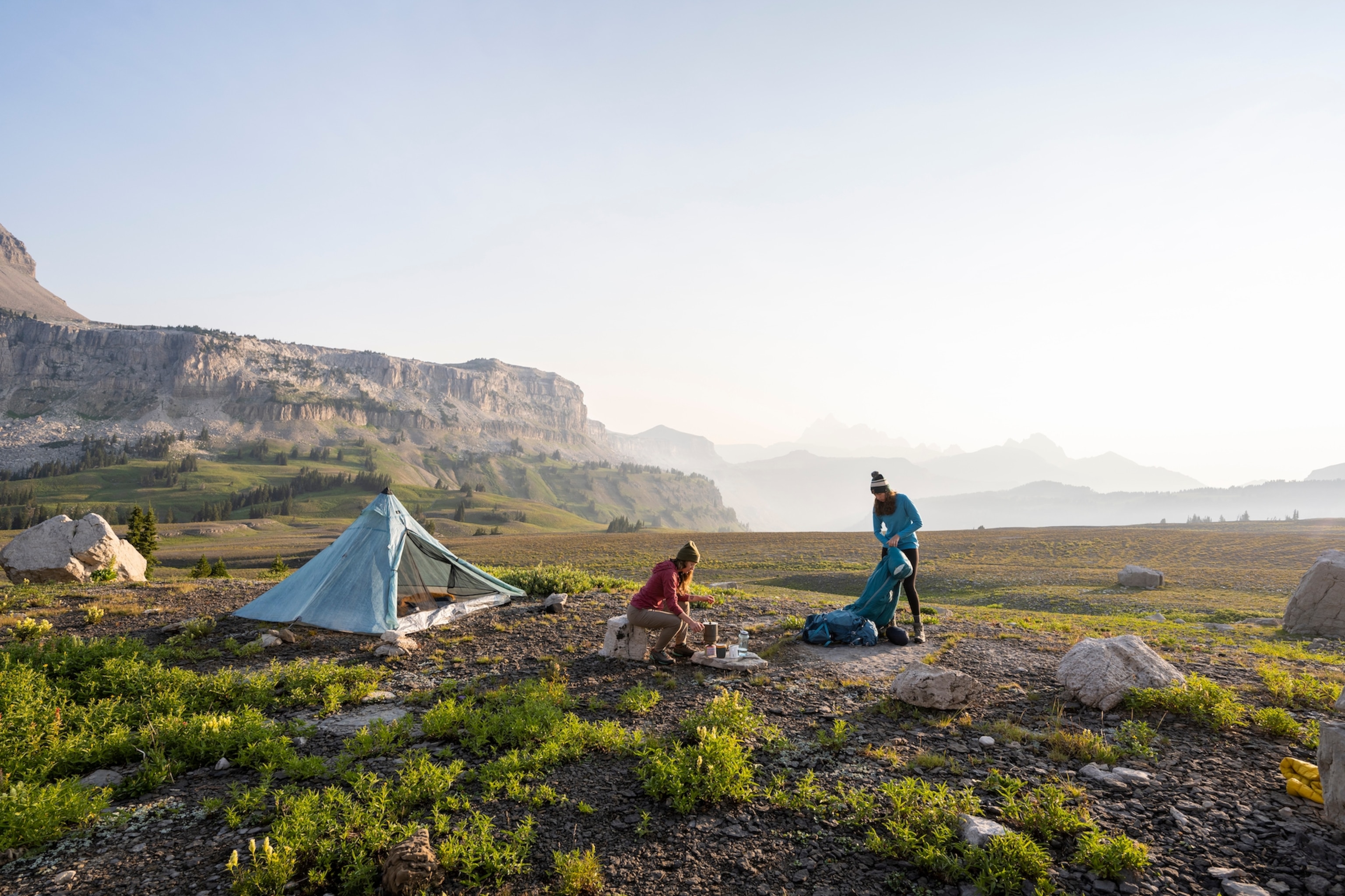
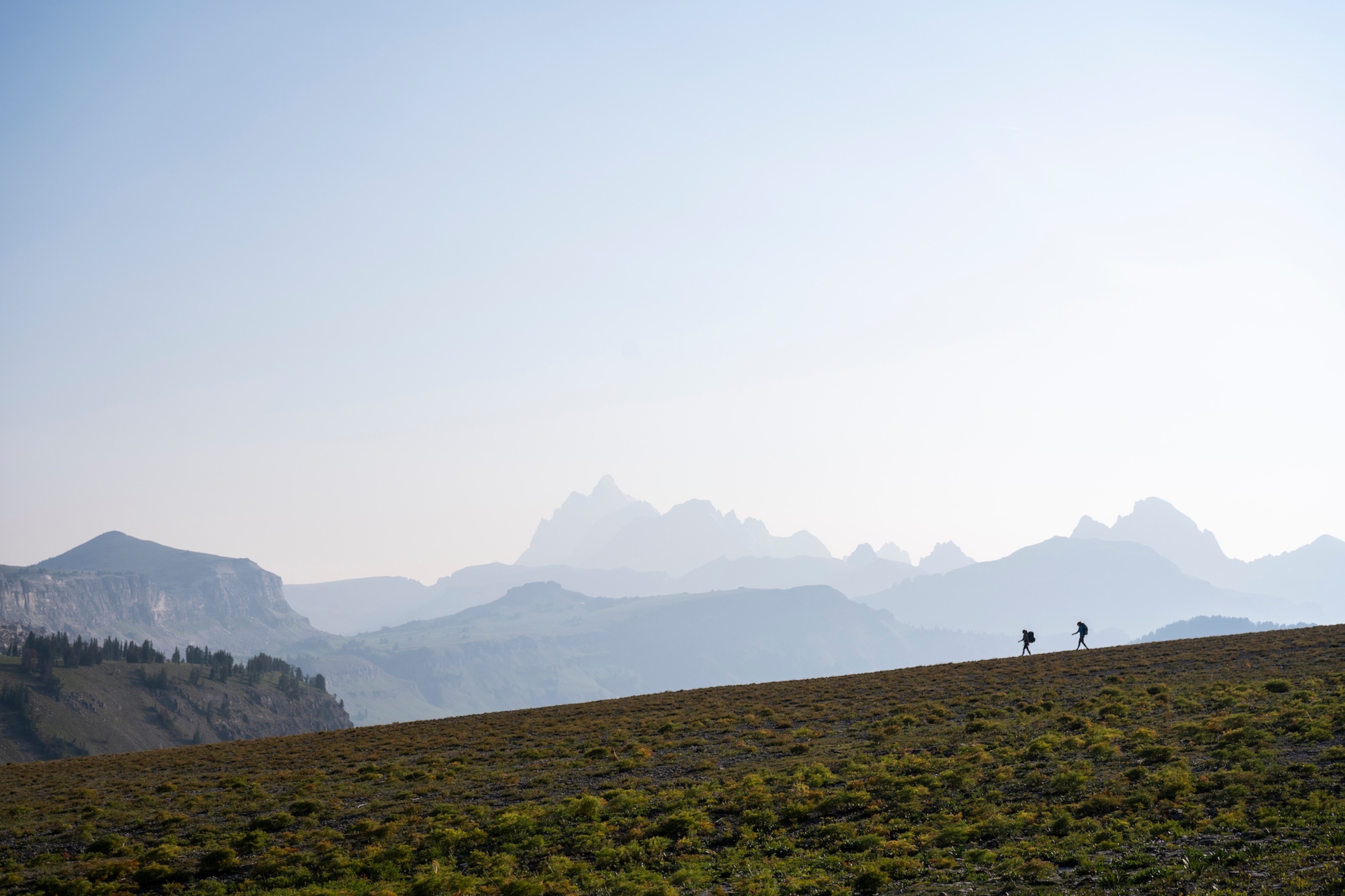
Before entering (and leaving) the campsite, clean your shoes and gear to prevent the spread of invasive species. To protect wildlife and yourself, store food in bear-boxes, do not leave your food unattended, and follow current fire restrictions. When it’s time to head home, pack out everything you brought in, including food waste. In camping areas without restroom facilities, remember to properly dispose of or bury human waste, too.
Leave no trace
Jackson Hole’s wild spaces are extraordinary just the way they are. Ensure they stay that way by taking a Leave No Trace approach to nature. In other words, leave the wild exactly as you found it. Seemingly small actions, such as picking a few flowers, taking a rock as a keepsake, carving initials into tree bark, or collecting colorful leaves (an important food source for deer), diminishes scenic beauty for future visitors and can damage the environment.
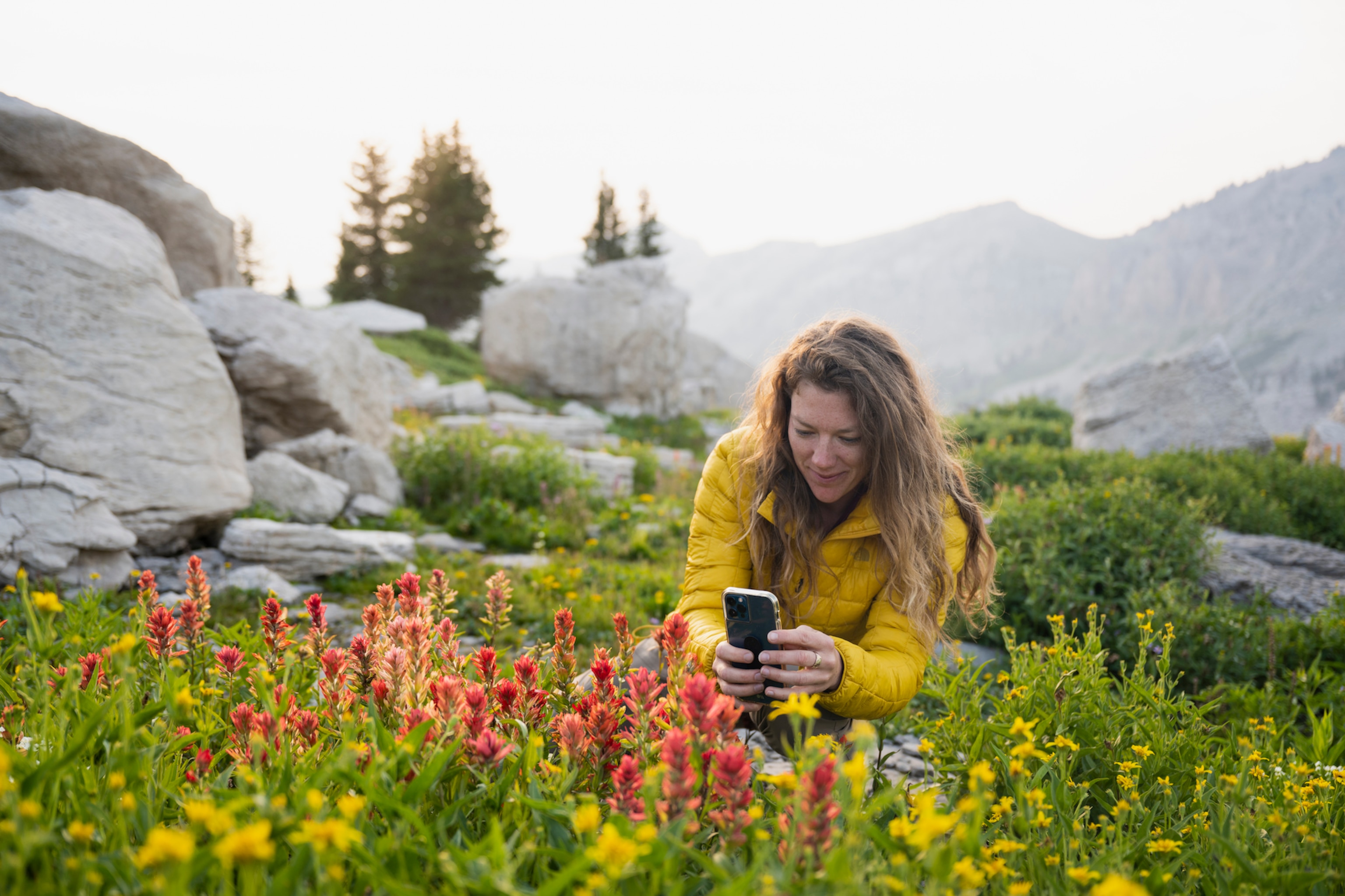
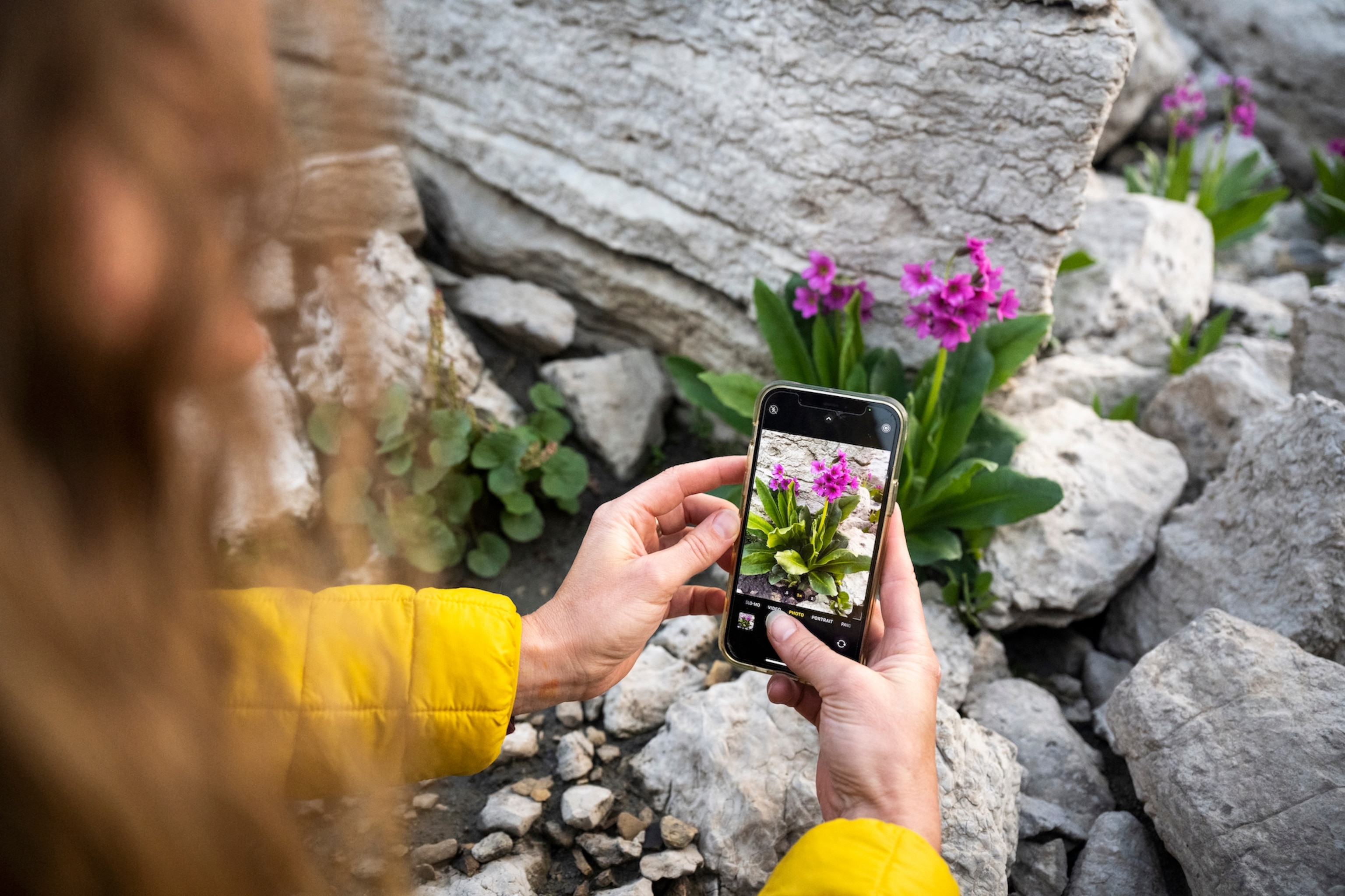
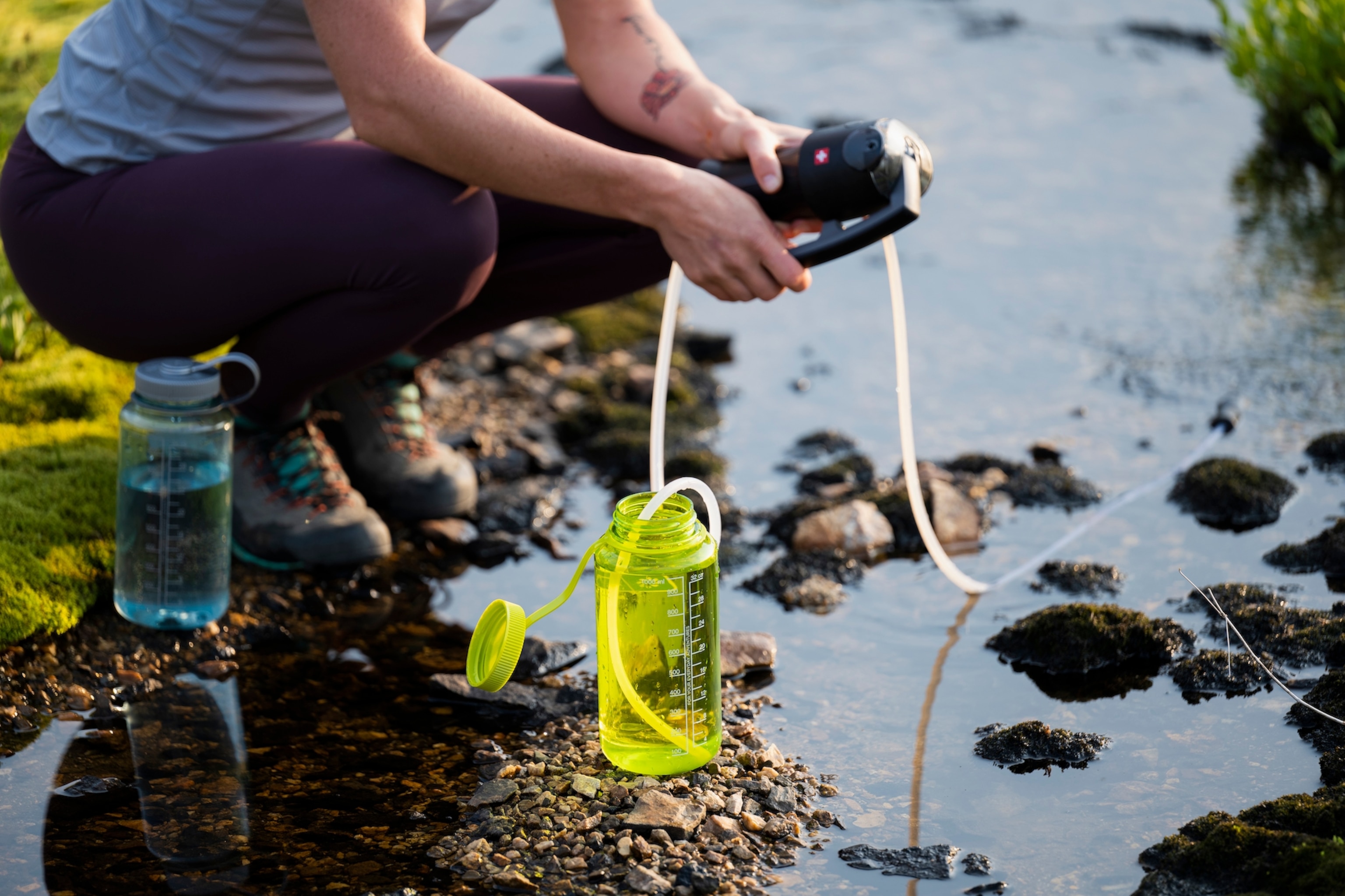
Any human activity leaves a footprint, of course, but you can shrink yours by taking some simple nature-friendly steps. Bring a refillable water bottle and put snacks in reusable containers to reduce waste. Travel car-free by riding bikes and using START, the public bus, bike, and shuttle service provided by the town of Jackson and Teton County. Every nature-friendly choice you make is a step in the right direction. When you’re here, discover all the steps Jackson Hole is taking to become a world-class sustainable destination.